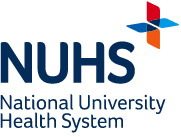Shaken Baby Syndrome refers to the type of traumatic brain injury inflicted on a baby when he or she is forcefully shaken and occurs for the following reasons. As a baby's neck muscles are still not well developed and provides little support for their relatively large, heavy head, violent shaking causes the baby's head to rotate uncontrollably. This causes the fragile brain to bounce back and forth within the skull resulting in rupturing of blood vessels and nerves throughout the brain and tearing of the brain tissue. The end result is bruising, swelling, bleeding of the brain and increased pressure within the skull which can lead to permanent, severe brain damage or death.
Shaken Baby Syndrome is commoner than we think. In the United States alone, an estimated 1200 to 1400 cases of Shaken Baby Syndrome occur each year.















